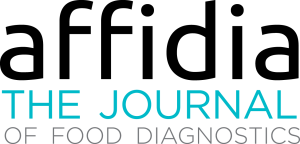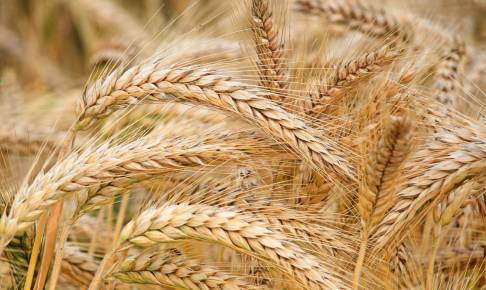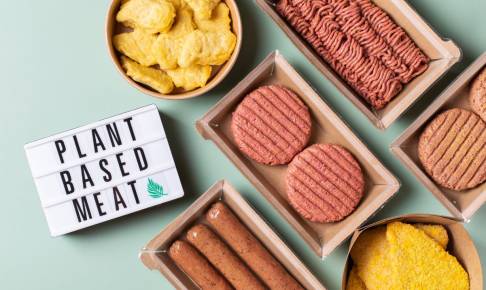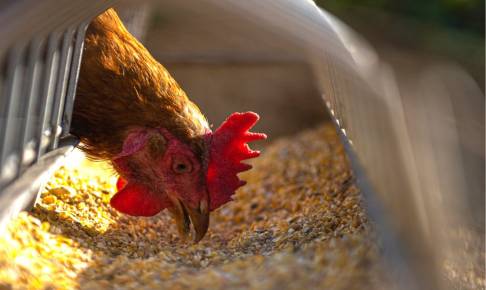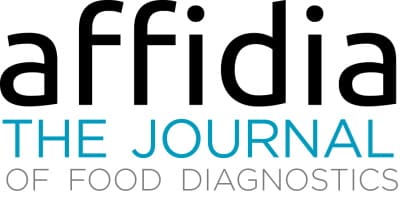Mycotoxins and food supplements: where are we going?
Food supplements: a growing market trend According to the European Food Safety Authority (EFSA 2009), food supplements are “concentrated sources of nutrients or other substances with a nutritional or physiological effect that are marketed in ‘dose’ form (e.g. pills, tablets, capsules, liquids in measured doses)”. Food supplements may contain a wide range of compounds, including, but not limited to, vitamins, minerals, amino acids, essential fatty acids, fibre, and various plants and herbal extracts (EFSA 2009). They are intended to correct nutritional deficiencies, to maintain health, or to support specific physiological functions. It must be noted, however, that food supplements are not intended for use as pharmaceutical drugs, and, therefore, they are not intended for use in the treatment or prevention of any human diseases.
In the EU, food supplements are regulated as foods. While the regulatory framework for vitamins and minerals is quite consistent, and a list of potentially harmful compounds occurring in botanicals has been implemented, the legislation covering plant extracts – and their possible contaminants – is still weakly harmonised between member countries.
... the legislation covering plant extracts – and their possible contaminants – is still weakly harmonised between member countries.The global dietary supplements market size was valued at USD 140.3 billion in 2020 and is expected to expand at a compound annual growth rate (CAGR) of 4.1% through 2023. Asia and North America are the primary markets, followed by the European market. Over the past year, due to the COVID-19 pandemic, increased consumer focus on boosting immunity as a preventive measure has significantly increased the demand for dietary and health supplements across Europe (PricewaterhouseCoopers Advisory SpA 2020).
The primary drivers of this impressive market growth are demographic changes across Europe, characterised by an increasingly ageing population, followed by rising consumer awareness about healthy lifestyles. Accordingly, the demand for natural, vegan, and clean-label products has grown sharply because of a strong consumer preference for “natural” ingredients (Pajor et al. 2017; Fibigr et al. 2018). From a regulatory point of view, the availability and popularity of food supplements raise concerns about their quality, efficacy, and safety. Because they are concentrated sources of substances with biological effects, their misuse may increase the risk of harmful effects (Dwyer et al. 2018). It must be considered, as a matter of fact, that food supplements may be taken for prolonged periods and at doses higher than expected due to the general perception of “healthiness”.
Mycotoxin occurrence in food supplements: the state of the art
Botanical-based preparations on the market are mostly formulated as teas, infusions, or tablets and capsules containing dried ethanolic extracts of active compounds. Unfortunately, common practices employed in their production do not prevent co-extraction of various potential contaminants that may be present in the raw material. Considering the widespread incidence of microscopic filamentous fungi in plants at both pre- and
Download content now
